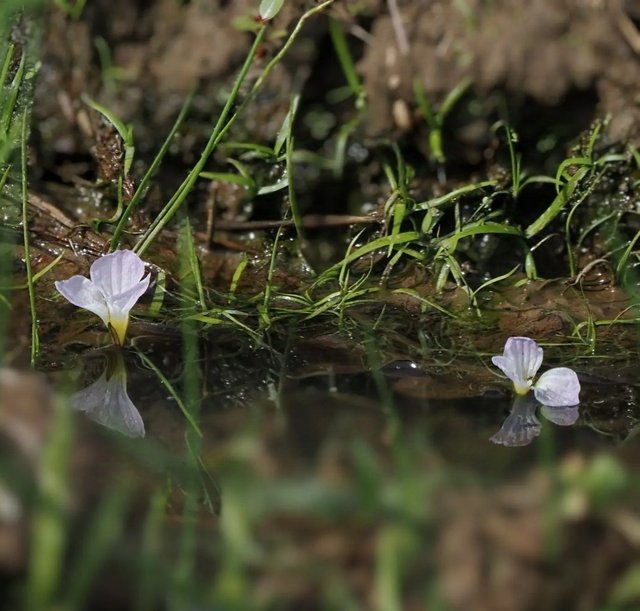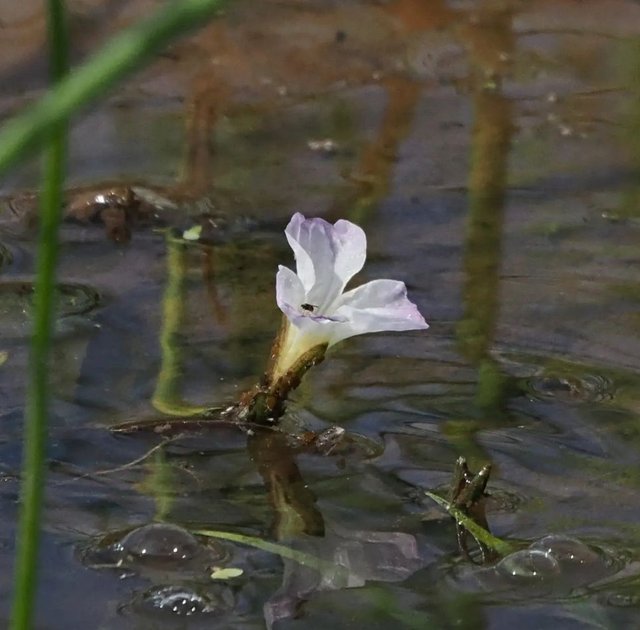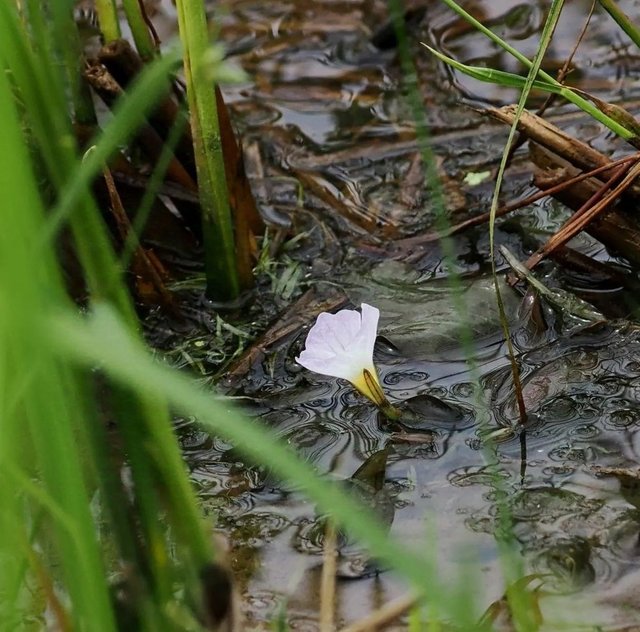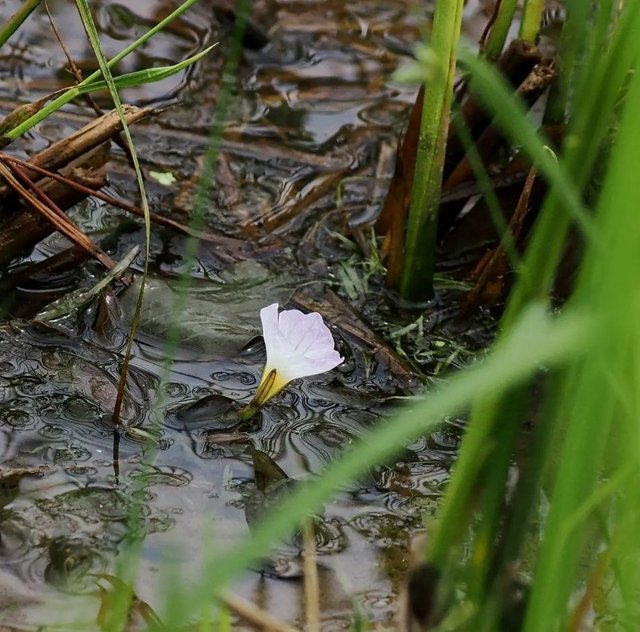Nolana Flower So Amazing
Nolana: A Hidden Gem of the Plant World
Nolana, a captivating genus of flowering plants, holds a unique place in the plant world, often overshadowed by its more famous botanical cousins. Known for their resilience and beauty, Nolana plants are native to coastal regions of South America, particularly Chile and Peru. Their name, derived from Latin, means “little bell,” a nod to their bell-shaped flowers. Despite being relatively unknown, these plants offer a range of fascinating characteristics, making them both visually appealing and ecologically significant.
Botanical Overview
The genus Nolana belongs to the nightshade family, Solanaceae, which includes other well-known plants such as tomatoes, potatoes, and eggplants. However, Nolana is distinct in several ways. With over 80 recognized species, these plants display a remarkable diversity in form, ranging from low-growing, trailing species to more upright, shrubby forms.
The flowers, often compared to those of petunias, come in a variety of colors including shades of blue, purple, white, and occasionally yellow. The striking colors of the Nolana flowers, combined with their hardy nature, have made them popular in gardens, especially in regions that require drought-tolerant species.
Ecological Significance
One of the most remarkable features of Nolana plants is their ability to thrive in harsh, arid environments. Native to the dry coastal deserts of Chile and Peru, including the Atacama Desert, these plants are well-adapted to extreme conditions. They grow in areas with minimal rainfall and intense sunlight, making them an excellent model for studying plant survival under climate stress.
In their native habitats, Nolana species play an important role in stabilizing sand dunes and preventing soil erosion. Their deep root systems help bind the loose, sandy soils of coastal deserts, allowing other plant species to establish themselves. Additionally, the flowers attract a range of pollinators, including bees and butterflies, contributing to local biodiversity.




